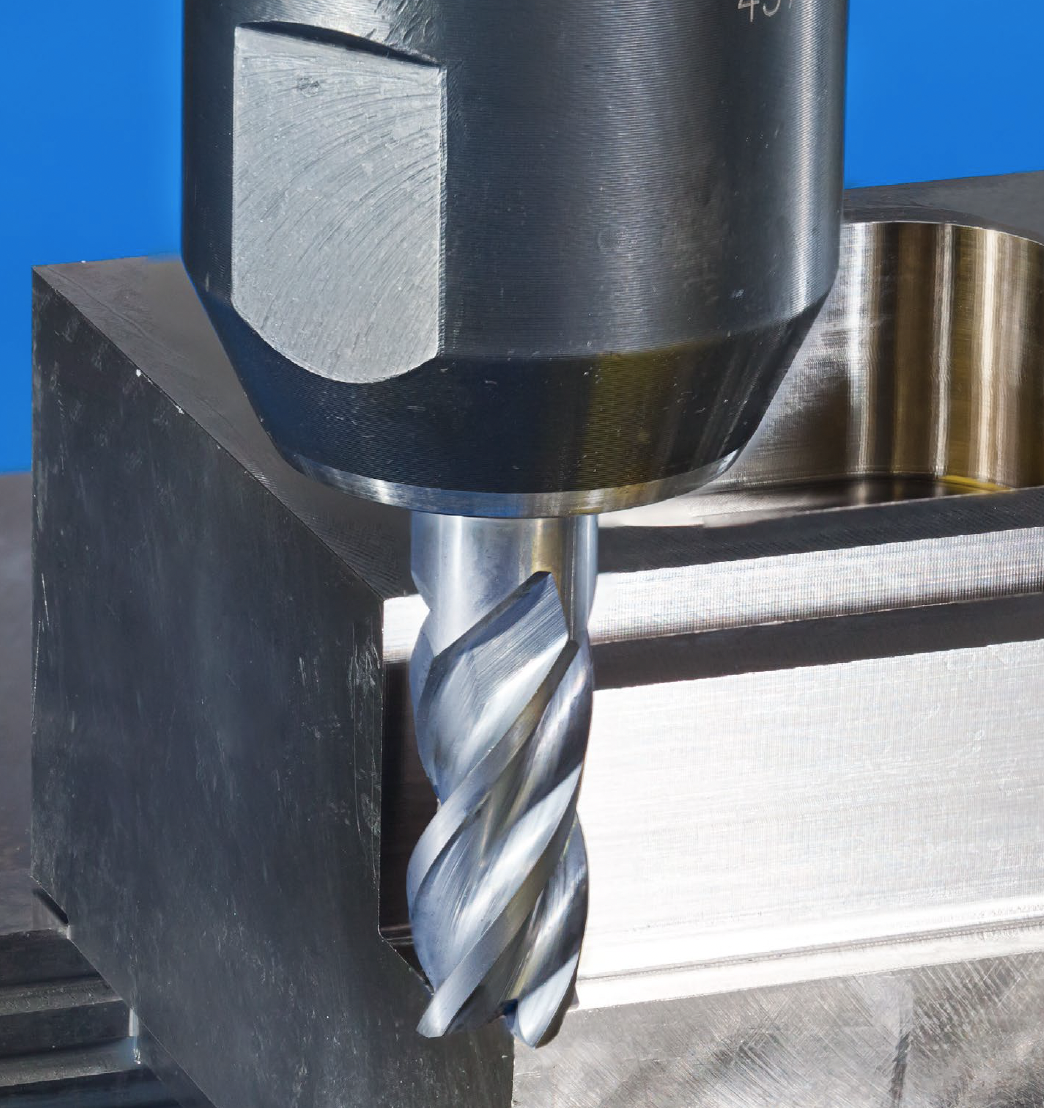
ISCAR has expanded its ECKI-H4R-CF solid carbide endmill line with the addition of a 1" diameter and a broad range of new corner radii options. Specifically engineered for high-efficiency machining of titanium, these tools are optimized for full slotting operations up to 2xD.
The 4-flute endmills feature variable pitch and different helix angles to minimize chatter and improve cutting performance. Available with cylindrical, Weldon, or Safe-Lock® shanks, the tools are manufactured from ISCAR’s IC900 grade and feature a PVD coating for enhanced wear resistance.
The expanded line is suitable for aerospace, medical, and general engineering applications requiring high material removal rates and excellent surface finishes.
For more information, visit ISCAR’s product page.
Contact Details
Related Glossary Terms
- chatter
chatter
Condition of vibration involving the machine, workpiece and cutting tool. Once this condition arises, it is often self-sustaining until the problem is corrected. Chatter can be identified when lines or grooves appear at regular intervals in the workpiece. These lines or grooves are caused by the teeth of the cutter as they vibrate in and out of the workpiece and their spacing depends on the frequency of vibration.
- endmill
endmill
Milling cutter held by its shank that cuts on its periphery and, if so configured, on its free end. Takes a variety of shapes (single- and double-end, roughing, ballnose and cup-end) and sizes (stub, medium, long and extra-long). Also comes with differing numbers of flutes.
- physical vapor deposition ( PVD)
physical vapor deposition ( PVD)
Tool-coating process performed at low temperature (500° C), compared to chemical vapor deposition (1,000° C). Employs electric field to generate necessary heat for depositing coating on a tool’s surface. See CVD, chemical vapor deposition.
- pitch
pitch
1. On a saw blade, the number of teeth per inch. 2. In threading, the number of threads per inch.
- slotting
slotting
Machining, normally milling, that creates slots, grooves and similar recesses in workpieces, including T-slots and dovetails.
- wear resistance
wear resistance
Ability of the tool to withstand stresses that cause it to wear during cutting; an attribute linked to alloy composition, base material, thermal conditions, type of tooling and operation and other variables.

